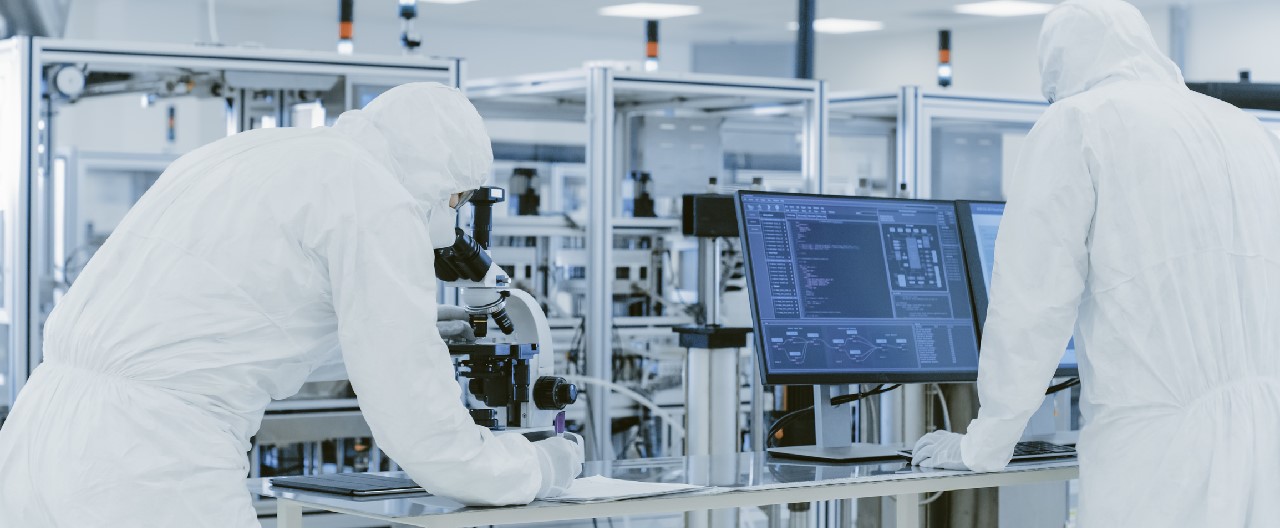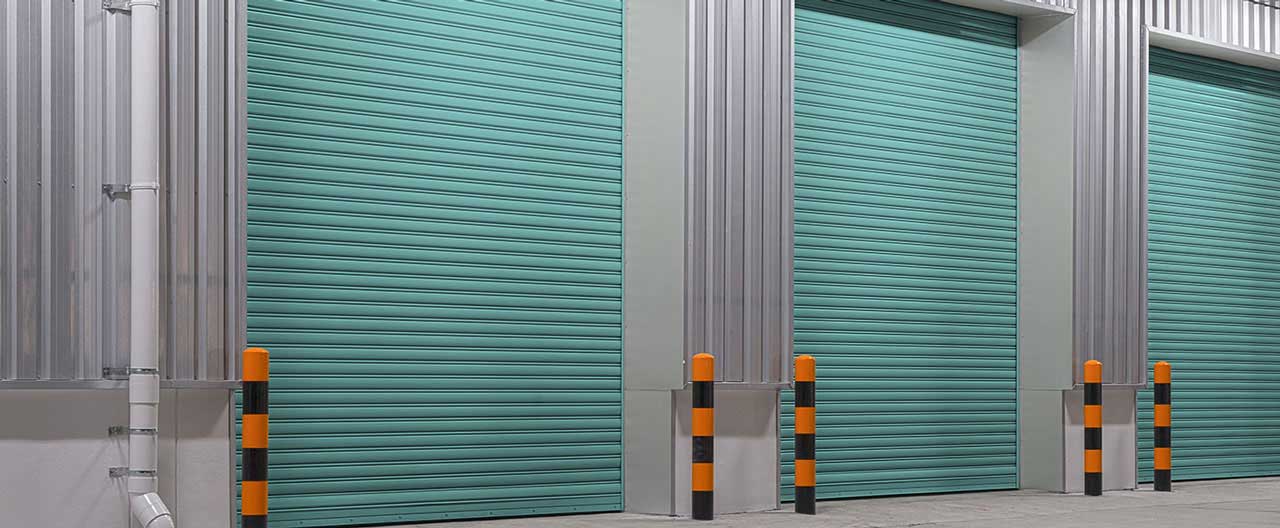- Individuals & Families
- Businesses
- Agents & Brokers
- Embedded Insurance

Chubb ranked #1 for Homeowners Insurance Customer Satisfaction.

Chubb ranked #1 for Homeowners Insurance Customer Satisfaction.

Chubb ranked #1 for Homeowners Insurance Customer Satisfaction.

Chubb ranked #1 for Homeowners Insurance Customer Satisfaction.

Because pets are family, Chubb now offers pet insurance with top-rated coverage from Healthy Paws.

Chubb offers the insurance protection you need for travel’s many “what ifs”.

Chubb protects small businesses at every stage – from newly formed start-ups to long-time anchors of the community.

Stay ahead of cyber threats with our free Cyber Claims Landscape Report.

Learn more about our dedicated learning paths, Online Learning Center, and more.

Many digital-savvy consumers look for it as a core or add-on option.

Many digital-savvy consumers look for it as a core or add-on option.

Many digital-savvy consumers look for it as a core or add-on option.

Chubb’s in-house technology makes it easy to integrate what we do into your customer experience.
-
About
-
Claims
-
Login & Pay Bill
For Agents & BrokersFor Travel Advisors
-
Back
When unforeseen events cause lengthy building closures, sparse occupancy, or extended staff absences, the risks to the property can increase. An unattended building is more vulnerable to incidents such as freezing pipes, sprinkler malfunctions, fires, or break-ins. And with fewer people available to monitor the property and do regular maintenance, the dangers to people who do need to visit—such as contractors or emergency responders—become more severe as well.
If you’re managing a temporarily vacant or only partially occupied building, it’s critical to understand these additional risks and take steps to protect the premises until your business resumes full occupancy and operations. Start with these five tips.
1. Think twice before reducing services.
While it may seem a savings to shutter the building and systems altogether, even an unused facility still needs to have some basic systems operating—like heat, and fire and security protections.
If you’re in a position where you need to reduce staff, keep in mind that it’s important to have enough people available to do regular inspections, critical plant monitoring, and emergency response. And your unoccupied buildings may need increased security guard service.
2. Clear hazards; secure valuables.
Vacant property is more vulnerable to a number of hazards so consider installing fire, water or intrusion detection systems. Also, before vacating:
- Clear building grounds and roof of brush and vegetation to minimize the risk of fire. If possible, remove any combustible material on site — inside and outside. Close all interior doors.
- Check the roof for clogged drains or other potential leak areas.
- Remove valuable items and materials, or secure them in dedicated, controlled locations. Implement enhanced exterior security measures.

3. Decommission equipment carefully.
To minimize the risk of damage and expedite restarting at the appropriate time, machinery should be decommissioned in a controlled manner. If you’re unable to continue preventative maintenance routines, make sure to plan for any deferred upkeep before the equipment goes back online.
4. Keep critical systems running.
Protective systems such as sprinklers, fire doors, fire or intrusion alarm systems, or CCTV need to receive continued maintenance. It’s especially important that key safety mechanisms remain in working condition — such as exterior lighting to deter crime and emergency lighting and fire equipment that enable first responders to do their jobs. And don’t forget hygiene—to the extent possible, make sure cleaning and pest control practices are maintained.
5. Plan ahead.
To protect your business property, you need to plan for every eventuality —from an infrastructure failure or break in to additional staff shortages — and how you’ll handle the damage if the worst does happen.
Additional Resources
Insights and expertise








This document is advisory in nature and is offered as a resource to be used together with your professional insurance advisors in maintaining a loss prevention program. It is an overview only, and is not intended as a substitute for consultation with your insurance broker, or for legal, engineering or other professional advice.
Chubb is the marketing name used to refer to subsidiaries of Chubb Limited providing insurance and related services. For a list of these subsidiaries, please visit our website at www.chubb.com. Insurance provided by ACE American Insurance Company and its U.S. based Chubb underwriting company affiliates. All products may not be available in all states. This communication contains product summaries only. Coverage is subject to the language of the policies as actually issued. Surplus lines insurance sold only through licensed surplus lines producers. Chubb, 202 Hall's Mill Road, Whitehouse Station, NJ 08889-1600.


